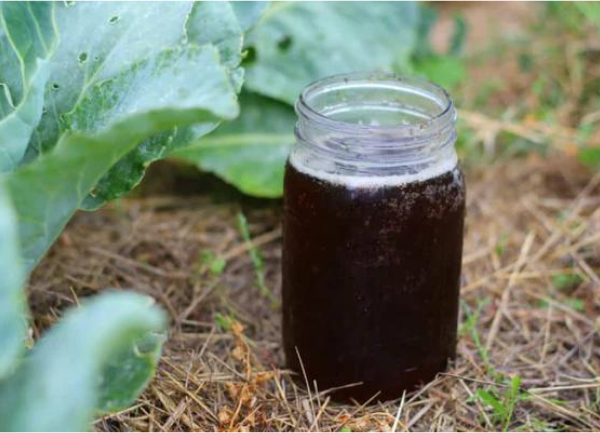What is tea aeration?

Using a bubbler or a pump, fine bubbles of air are circulated through compost tea to supply aeration and mixing of the solution, feeding the microorganisms, and producing biologically activity. Aerating tea in your hydroponics setup helps to distribute oxygen and nutrients evenly. Aerated compost teas are just as powerful, maybe more powerful, than any commercial, natural / organic fertilizer or soil amendment on the market today.
Aerating Tea
A small, inexpensive air pump increases oxygen levels in the tea happen faster than stirring by hand, thus greatly increasing the rate of aerobic microbial growth in the tea. When using an air pump, let it bubble and brew for at least 1-3 days. The aerobic tea is ready to use when it has either an earthy aroma or a foamy layer on top of the tea. If not satisfied with the look or the smell of the tea, go up to a week of brewing. The extra brewing time will help the microbes digest more of the insoluble bacterial and fungal foods in the tea and make it more available for your plant’s or your soil’s nutritional needs.

Inexpensive aquarium airstones can be applied to the hose in the water. This produces a better distribution of smaller air bubbles to make the aerobic soil/composting microbes breed better. Aeration breeds a larger population of beneficial aerobic bacteria and fungi in the tea. It is the microbes in the compost creating the tea that are really more important in soil development and disease control than just the soluble nutrients.
Another option to aerate your tea is to stir your brewed tea vigorously for several minutes and then let the mixture sit still for about 30 minutes. You can generate additional oxygen in the tea by stirring it daily or every other day.
The Right Compost Is Critical!
The quality of the tea is only as good as the compost used to make it. Our Alpaca Compost is an ideal source of nutrients and microbes for your plants.
Aerated Tea Storage
Aerated compost tea should be used within 4-6 hours of decanting from the brewer, since it contains living organisms. Periodic stirring or continued aeration will prolong its effectiveness. It is suggested to brew the amount you will need per feeding / watering.
Join the alpaca revolution! Alpaca is a sustainable alternative that is not only good for the earth, but for all of us. Alpaca wool is stronger, softer, more eco-friendly, and offers 85% greater wicking capability than merino wool. It is also hypoallergenic! Learn more about the benefits of alpaca in our Alpaca vs. Wool blog posts, shop our collections and follow us on social media!



